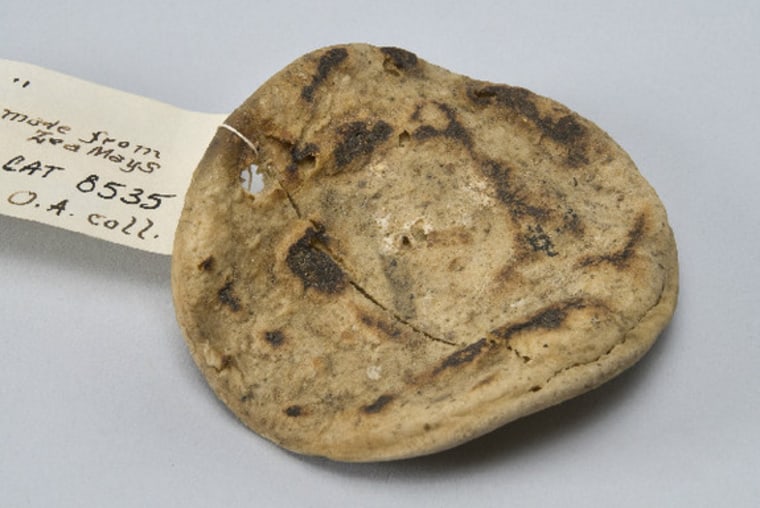A beetle necklace, Mark Twain's microscope, a 19th-century slate bearing "messages" from the spirit world, and a 100-year-old Mexican tortilla — given more than 350 years, you can collect some bizarre and fascinating items.
Harvard has been collecting things for a long time, probably beginning with the donation of a library by its namesake, John Harvard, upon his death in 1638. Since then, the university has amassed more than 50 collections, not including libraries.
A recent exhibit, dubbed "Tangible Things," pulled together a peculiar assortment of items taken from backrooms and Z-closets — storage areas where miscellaneous, oddball items might end up, according to Sara Schechner, curator of the Collection of Historical Scientific Instruments, which housed the main exhibit.
Some of the documents on display have historical significance in their own right — for example, a piece of papyrus bearing Plato's "The Republic." Others tell us about life in the past. Near the fragment of "The Republic" rested a letter written to "my dear sister Bessie" in 1855. One side of the page had been filled twice over, with lines of script overlapping at right angles.
This approach discouraged casual reading by others and saved paper, a valuable commodity at that time.
Another unimportant but revealing item: A mushroom taken from the manure heap outside the Museum of Comparative Zoology in 1905. Speaking of food, the collection also included a tortilla made from corn in Mexico in 1897; the item was collected as a botanical specimen and is considered an example of "economic botany."
These strange things have now returned to their backrooms and Z-closets, but catch a glimpse of them here.
You can follow writer Wynne Parry on Twitter . Follow LiveScience for the latest in science news and discoveries on Twitter and on .
